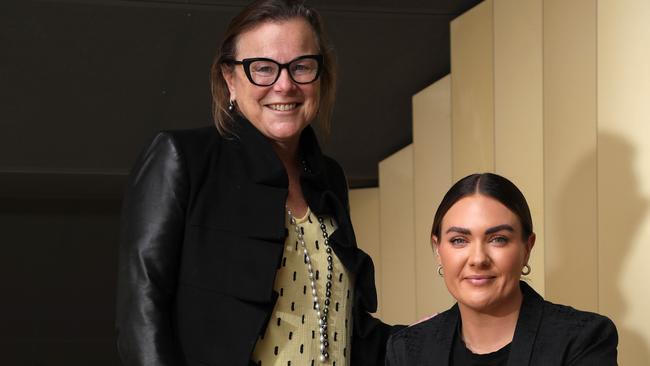The youngest Bali bombing survivor now saves others
When simultaneous bombs went off around Bali in 2002, Australia was also attacked.
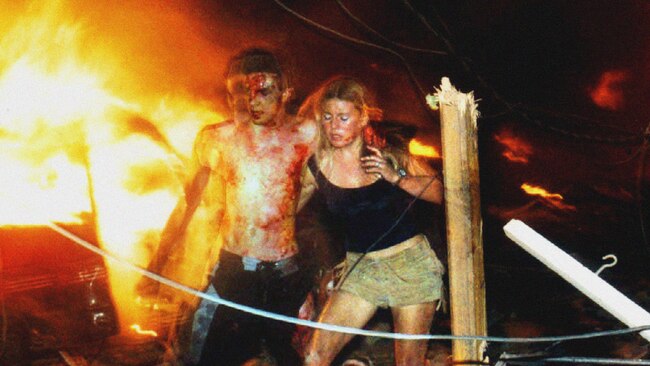
When simultaneous bombs went off around Bali in 2002, Australia was also attacked.
It's been 20 years but the scars and trauma of the Bali bombings remain fresh in the minds of many Australians today.
Of the 202 victims, 88 of them were Australians who were killed on what started out as just another night out in busy, bustling, Bintang-soaked Kuta.
Hanabeth Luke was dancing at the Sari Club to cheesy pop tunes with a mate when a car bomb ripped through the packed nightclub on October 12 back in 2002.
The loud bang, which sounded like a car back-firing, momentarily silenced the music and dimmed the lights.
She stopped, and everyone's heads turned, but the music and flashing lights soon came back on and the party resumed.
But only for a few seconds.
"The noise which came next I will never forget. It was an empty sound that did not resonate. It was a thud, like the slam of a car door, but multiplied to a volume I simply cannot describe," Luke wrote in her memoir, Shock waves: finding peace after the Bali bomb.
At about 11pm that night three bombs were detonated in Bali - Australia's island playgroup.
One in front of the US Consulate and two in busy nightspots – Paddy’s Bar and the Sari Club, where Luke was dancing.
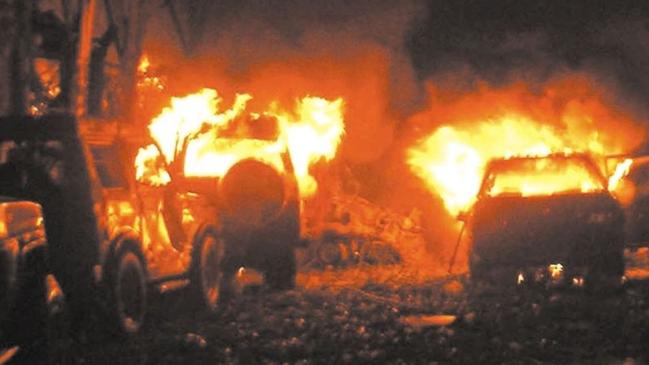
She survived by crawling through the flaming wreckage and using fallen electrical cables to shimmy over a 4m high concrete wall and jumping out a window.
Her boyfriend, Marc Gajardo, was killed instantly in the blast.
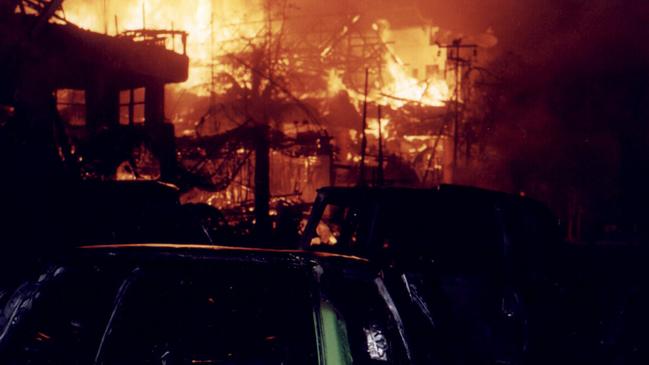
Luke then went on to help save others, including Tom Singer (pictured here).
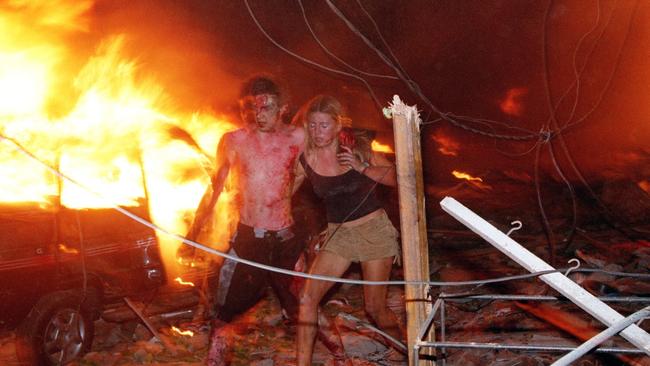
Singer later died from his injuries.
Luke was unscathed by the Sari Club blast – except for a tailbone injury she discovered years later.
But she was diagnosed with PTSD about 10 years ago, when she was a PhD student tutoring at Southern Cross University and publishing her book.
The world was already on edge in 2002.
It was barely a year after the terrorist attacks in the US which killed thousands.
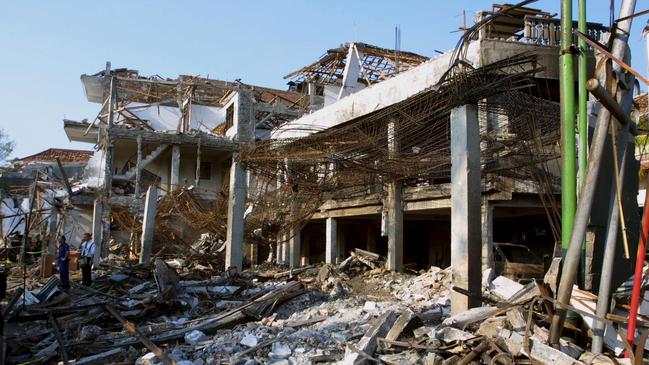
Terrorist organisation Jemaah Islamiyah was behind the Bali bombings. Thirty people were eventually arrested.
The attacks represent the single largest loss of Australian life due to an act of terror.
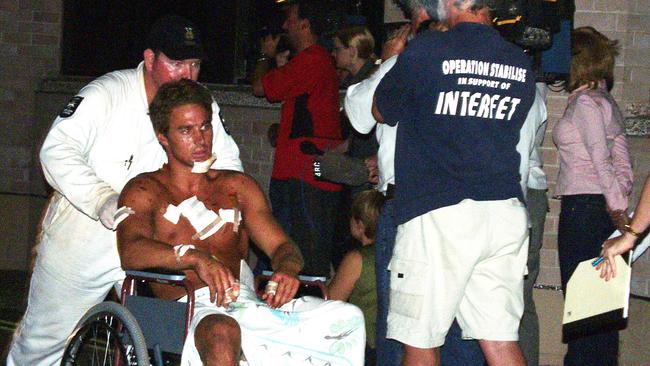
Prime Minister John Howard endured and navigated the country through horrible tragedies during his tenure.
He was in the US on September 11, 2001, when the planes flew into the Twin Towers in New York.
Prior to that he witnessed the horror of the Port Arthur massacre in Tasmania.
He visited Bali days after the attacks in 2002.
"So as we grapple inadequately and in despair to try and comprehend what has happened, let us gather ourselves together, let us wrap our arms not only around our fellow Australians but our arms around the people of Indonesia, of Bali," Howard said at the time.
"Australia has been affected very deeply but the Australian spirit has not been broken. The spirit remains strong and free and open and tolerant."
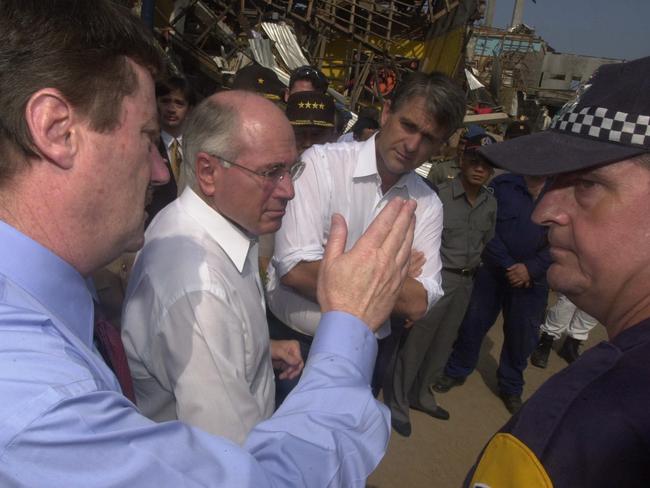
Just 17-hours after the blasts torn through the beating heart of Bali, the RAAF began its largest aero-medical evacuation since the Vietnam War.
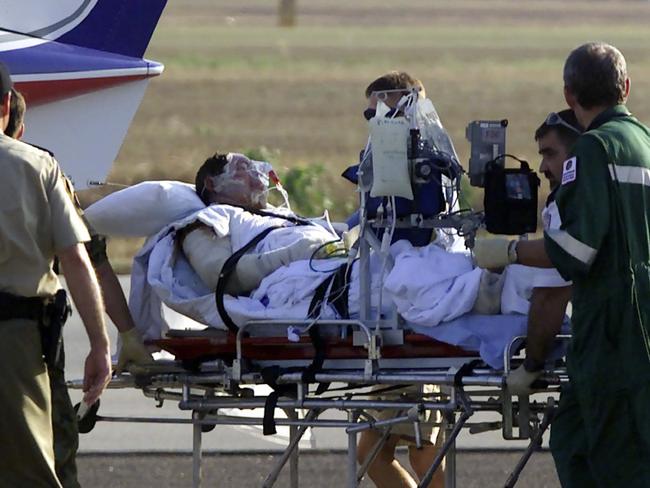
More than 66 badly injured people were flown to Darwin and Perth for treatment.
One of those was the youngest Australian survivor, Megan Basioli.
She was 14 at the time and was also inside the Sari Club with her dad.
He was killed.
She was pulled from the club and initially treated on a tarmac at Denpasar airport.
Alone.
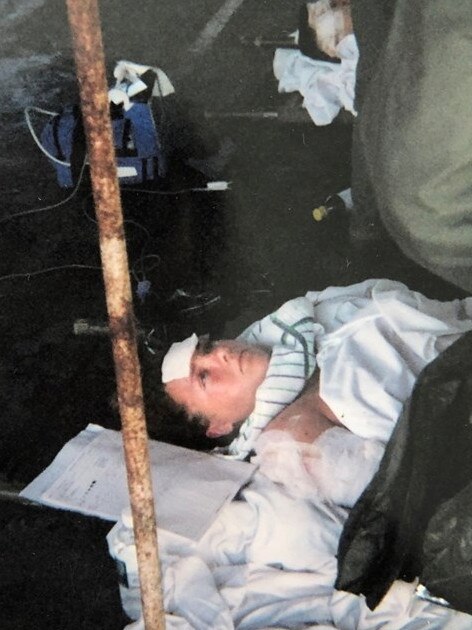
Basioli didn't know she'd lost her father until days later when she woke up.
She had been transferred to Royal Perth Hospital's intensive care unit as she'd endured burns to 36% of her body.
One of the youngest survivors of the Bali bombings is now working as a nurse in the same hospital that helped save her life. 20 years on, Megan Basioli has revealed she is still living with the scars of the deadly blast. 7NEWS at 6pm | https://t.co/iuw7S32NNQ @CuttsJordan #7NEWS pic.twitter.com/O9S1OHGh5M
— 7NEWS Perth (@7NewsPerth) October 9, 2022
Her experience left many physical and emotional scars but also a lasting impression which inspired her to become a nurse.
She now works on the same ward where her life was saved 20 years ago by leading plastic surgeon and former Australian of the Year, Professor Fiona Wood.
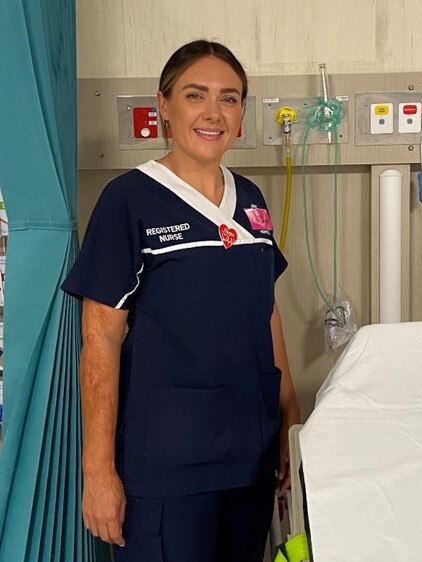
The two women are now colleagues in the burns unit at Royal Perth Hospital.
